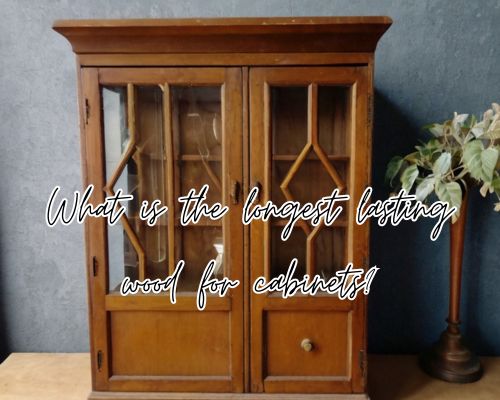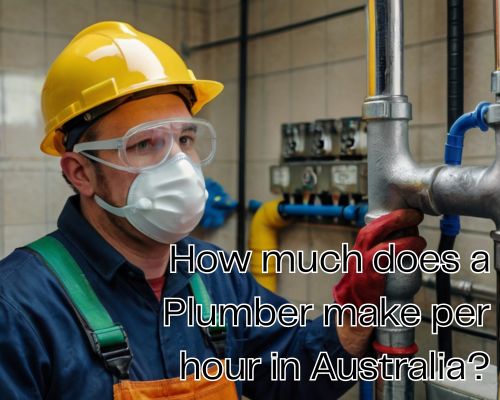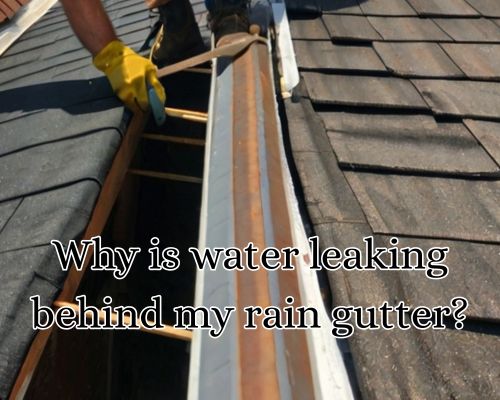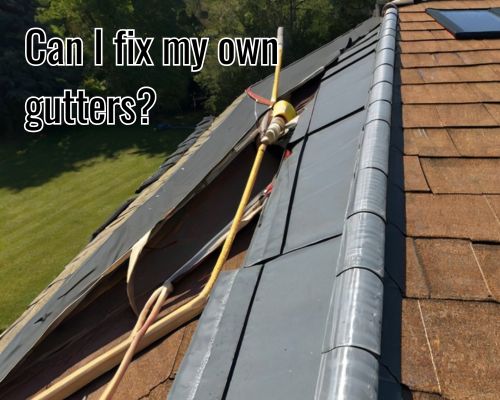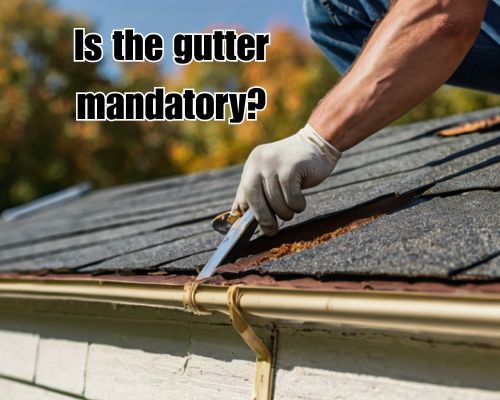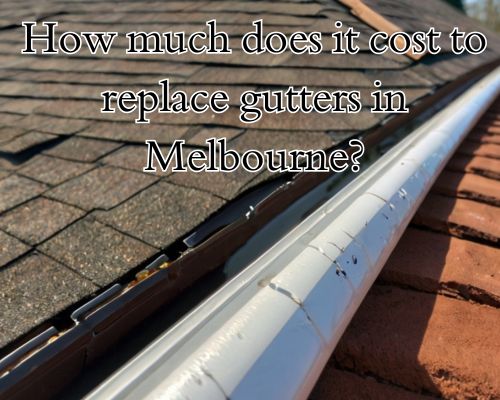When it comes to roofing, licensing laws can vary wildly by state—especially when comparing northern states like Wisconsin with sun-soaked destinations such as West Palm Beach, Florida. If you’re a homeowner, property investor, or seasonal resident who splits time between West Palm Beach and Wisconsin, you may be wondering: Does Wisconsin require roofers to be licensed? The answer is more nuanced than a simple yes or no—and the implications matter, particularly if you’re hiring roofers or considering roofing investments across state lines.
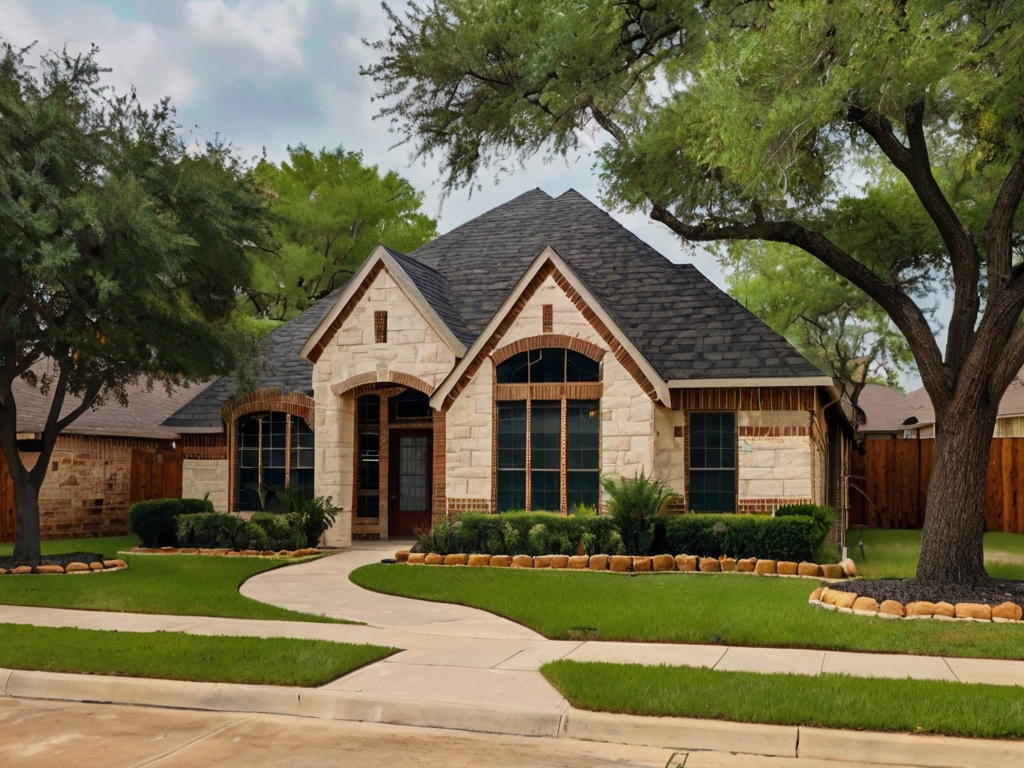
In this article, we’ll unpack what Wisconsin law says about roofer licensing, how it compares with Florida standards, and what West Palm Beach residents should understand about navigating roofing professionals—whether they’re fixing storm damage or building luxury real estate portfolios.
Wisconsin’s Roofing License Requirements: The Basics
Let’s address the focus keyword right up front: Does Wisconsin require roofers to be licensed?
No, Wisconsin does not require general roofing contractors to hold a state-issued roofing license—at least not in the same formal sense as trades like electricians or plumbers. However, this doesn’t mean roofing in Wisconsin is an unregulated Wild West.
What Is Required in Wisconsin?
While a standalone “roofing license” isn’t mandated, Wisconsin requires contractors performing work exceeding $1,000 to obtain a Dwelling Contractor Certification through the Department of Safety and Professional Services (DSPS).
Here’s what that means:
- The company itself must be certified as a Dwelling Contractor.
- At least one person (often the business owner or foreman) must have a Dwelling Contractor Qualifier (DCQ) credential, which requires continuing education.
- Contractors must carry liability insurance and may need to pull permits depending on the municipality.
This structure ensures a base level of professionalism and accountability—though it’s not a trade-specific license like Florida’s Certified Roofing Contractor designation.
Florida vs. Wisconsin: A Tale of Two Licensing Models
If you’re based in West Palm Beach, Florida, you’re probably accustomed to the Sunshine State’s strict regulations when it comes to construction licensing. Florida is one of the more rigorous states when it comes to contractor credentials.
In Florida:
- Roofing contractors must be state licensed by the Florida Department of Business and Professional Regulation (DBPR).
- Roofing falls under Class CCC licenses—Certified Roofing Contractors—which involve:
- 4 years of experience or education
- Passing the Florida Roofing Exam
- Background checks and financial responsibility
- Ongoing continuing education
- Local municipalities, such as Palm Beach County, may require additional registration or local business tax receipts.
For property owners in West Palm Beach, this level of regulation offers peace of mind—especially after hurricanes or tropical storms prompt widespread roof repairs. You know that when a roofer is licensed in Florida, they’ve jumped through quite a few hoops.
What This Means for Snowbirds and Dual-State Property Owners
Now here’s where it gets interesting: West Palm Beach is home to many “snowbirds”—seasonal residents who spend winters in Florida and summers in northern states like Wisconsin. If you own properties in both states, roofing rules can impact:
- Insurance claims
- Contractor selection
- Real estate flips or renovations
- Legal liability in case of poor workmanship
Be Cautious When Hiring Across State Lines
If you’re used to the rigorous vetting process for roofers in Palm Beach County, you might be surprised at how relaxed Wisconsin’s requirements are. However, this doesn’t mean you should skip due diligence.
Here’s what to ask when hiring a roofer in Madison, Milwaukee, Green Bay, or elsewhere in Wisconsin:
- Do you have a Dwelling Contractor Certification and Qualifier?
- Are you insured and bonded?
- Can you pull permits if required by the municipality?
- Do you have experience with roofing systems like asphalt shingles, EPDM rubber, or metal roofs, which are common in Wisconsin’s climate?
You should also check reviews and references just as you would with any roofing contractor in West Palm Beach, where many specialize in tile roofs, flat roofs, and hurricane-resistant materials.
Keywords, Entities, and SEO Nuggets (For Our Google Friends)
Let’s make sure we’re speaking both to readers and the search engine bots.
Focus Keyword:
- Does Wisconsin require roofers to be licensed? ✅ (used in H1, intro, and body)
Salient Entities:
- Wisconsin Department of Safety and Professional Services (DSPS)
- Florida Department of Business and Professional Regulation (DBPR)
- Dwelling Contractor Qualifier (DCQ)
- Roofing Contractor License (Class CCC)
- Palm Beach County, Florida
- Green Bay, Madison, Milwaukee
LSI Keywords:
- roofing license Wisconsin
- licensed roofing contractor Florida
- dwelling contractor qualifier Wisconsin
- roofing permit requirements
- West Palm Beach roofing standards
- contractor laws Wisconsin vs Florida
Google can chew on all of that.
Why Licensing Matters: More Than Just a Paper Trail
Licensing isn’t just about legality—it’s about quality control, accountability, and consumer protection. Whether you’re in humid, hurricane-prone West Palm Beach or snow-covered Madison, here’s why you want licensed professionals:
- They’re insured, so you’re covered if a roofer falls off the roof.
- They understand building codes, reducing failed inspections and costly redos.
- They’re more likely to offer warranties on workmanship and materials.
- Licensing is often tied to ongoing education, so they’re up to date on roofing innovations.
Final Thoughts: Hire Smart, Stay Dry
So, circling back to our focus question: Does Wisconsin require roofers to be licensed? Technically, no, not in the same way Florida does—but contractors must still register and follow certain certification and permitting rules.
If you’re in West Palm Beach, FL, and own property up north—or you’re a contractor eyeing opportunities across state lines—understanding the difference between Wisconsin’s relaxed licensing framework and Florida’s strict regulation is essential.
Your roof isn’t just a structural feature—it’s your first line of defense. Whether you’re facing UV-blasting summers in Palm Beach or snow load threats in Green Bay, choosing the right roofing professional should never be a gamble.
Quick Local Tip for West Palm Beach Residents:
Before hiring any contractor in Palm Beach County, always check their license using the Palm Beach County Contractor License Search Tool or the Florida DBPR portal. And when in doubt—get it in writing.
